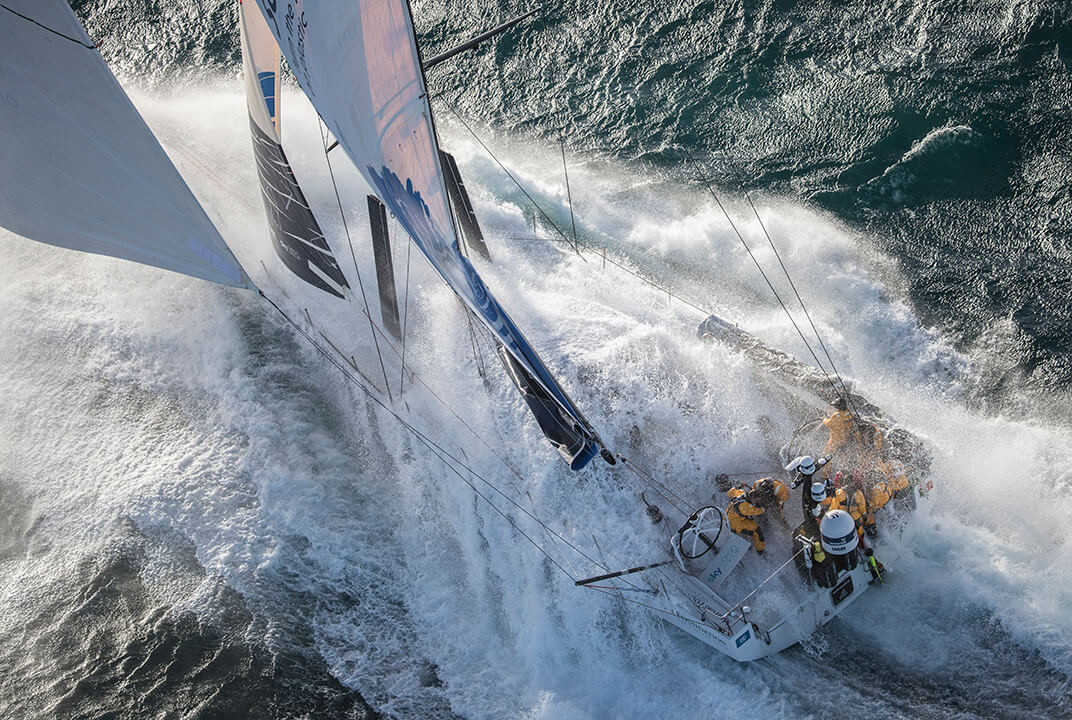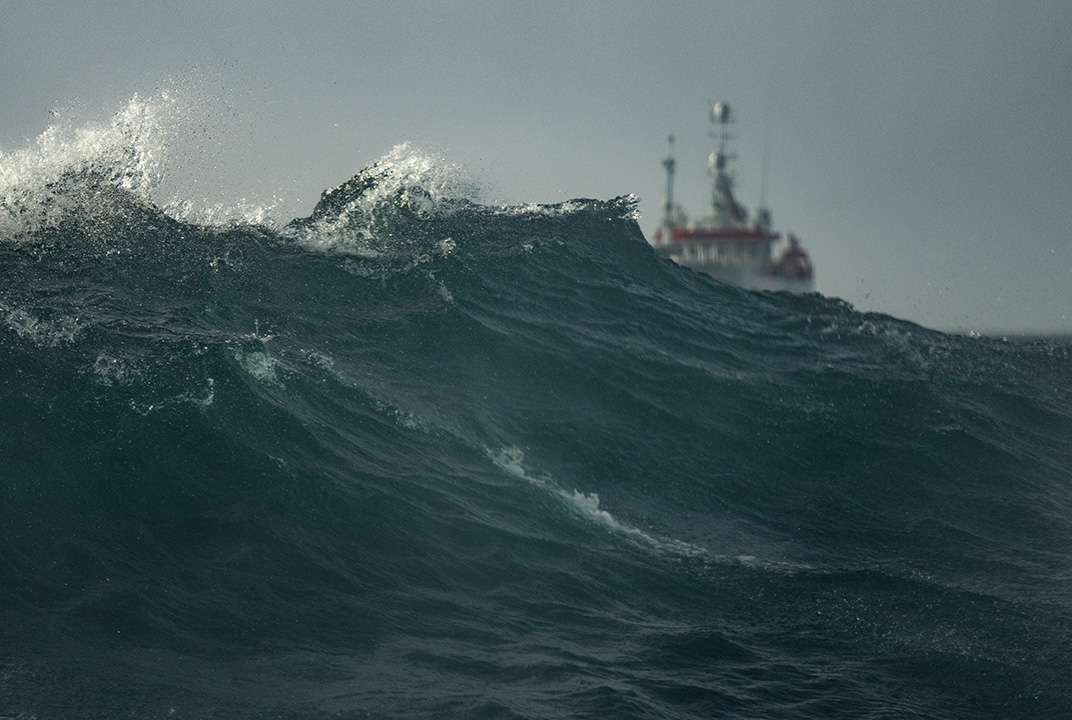Chinese gybes, finding Nemo and icebergs
The crews aboard the Volvo Ocean Race boats have had an eventful and dangerous 48 hours on Leg 5 of the race to Itajai, Brazil, and the adventure is far from over.
Hazardous sailing conditions in the Southern Ocean led to Team SCA, Dongfeng Race Team and MAPFRE incurring Chinese gybes – heeling the boats right over onto their sides. It took all hands on deck to stabilise the boat and minimize damage and intake of water.
Thanks to Inmarsat’s satellite connectivity, each of the boats’ Onboard Reporters (OBRs) were able to stream back the dramatic video footage over our FleetBroadband service, to be shared with the millions of fans around the world.
Ship to shore
Footage was also used on the Inmarsat Inside Track YouTube show, produced by the Volvo Ocean Race, to enable race fans worldwide to truly experience ‘Life at the Extreme’ within hours.
The programme series has recently celebrated passing one million views on YouTube bringing all the drama and action of the Volvo Ocean Race from ship to shore throughout the none-month adventure.
As the boats continue the race and pass Point Nemo, the remotest place on Earth, farthest from land, a new ice limit has been introduced by the Race Management to keep the boats clear of drifting icebergs.
Watchful eye
The team in our Network Operations Centre at Inmarsat HQ in London, will continue to keep a watchful eye over the fleet throughout the race – even when 2,688km (1,670m) from the nearest lands at Point Nemo. Check out the boats on cell 55 of our satellite spotbeam coverage map.
In addition they can rely on our cutting-edge Inmarsat C safety services and vessel-tracking capabilities as the freezing cold and soaking wet conditions look set to continue until the Volvo Ocean 65s reach Cape Horn between 29-31 March.

